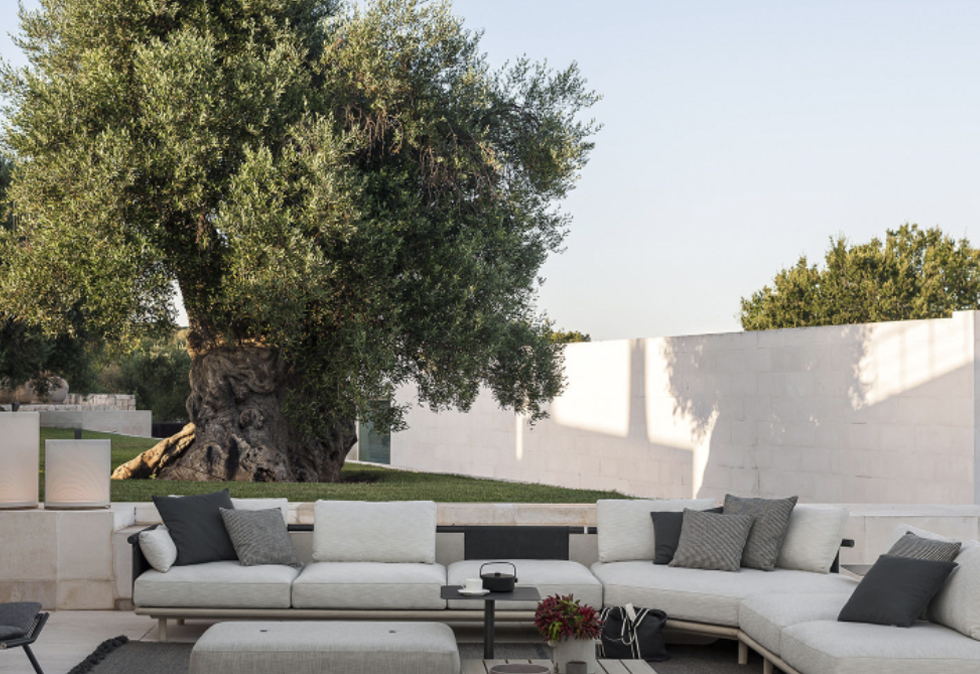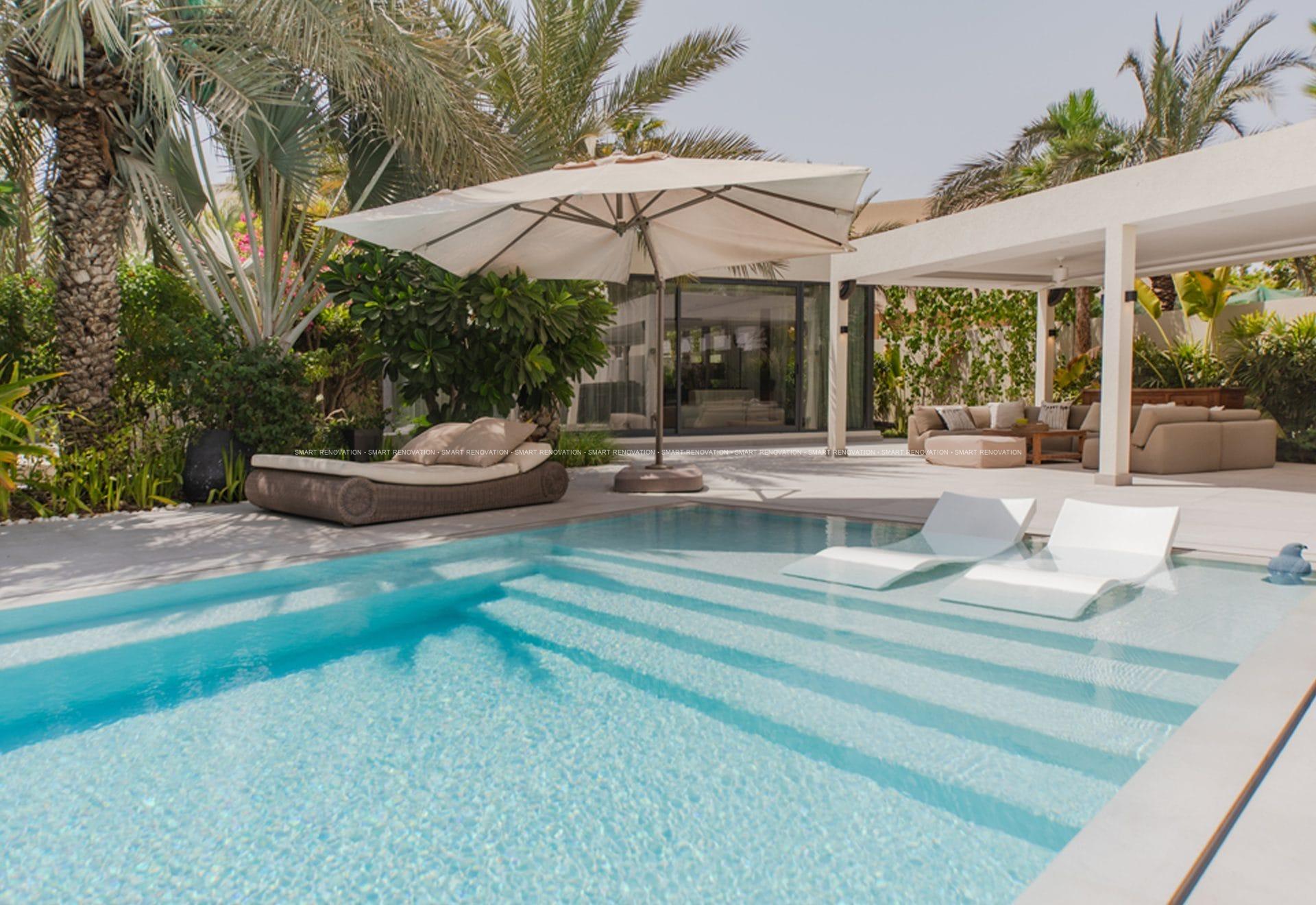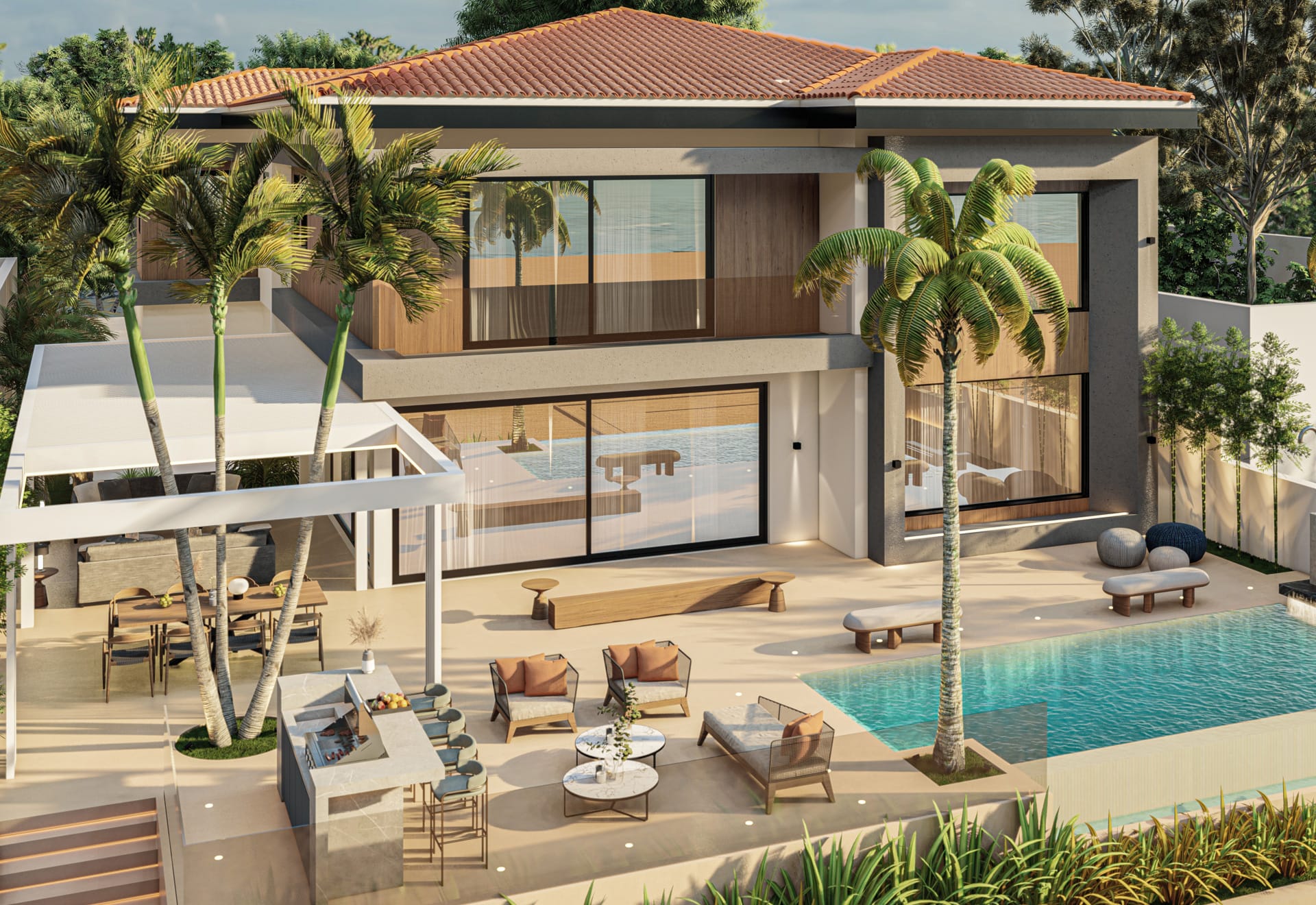Preserving history is an important part of Italian culture, especially when it comes to architecture. Many Italians like to preserve the character of older buildings but keep their modern furniture, creating a mix of contemporary and rustic styles.
Whilst you might not live in an older building, you can still recreate this style in your own home. Look around antique markets and second hand furniture shops for older furniture, adding a rustic touch to a modern home.
To really get the Italian feel in your home, open space is a must. Italian homes are often on the smaller side, so having an open plan kitchen/dining room can really make a space look bigger.
It enhances the ideal of what a house should be for; living! Whether the look you are going for is a Tuscan villa or a Milan loft apartment, light, airy spaces are key.
Following on from having open spaces, less is often more in Italian interior design. Untidiness is a big no, so concealed storage areas play a big part in hiding clutter. Opt for sofas with concealed storage space to really give your home a minimalistic feel.
Italian style can be summed up as understated timeless luxury. Italians make glamour look effortless. They can put a crisp white shirt and jacket with a pair of brand name jeans, and look like a movie star. Whether making clothes or furniture you will find simple stylish lines, quality materials and great workmanship. Italian designers, artists, craftspeople and furniture makers have a passion for what they do.
Artisan producers have built their businesses on supreme luxury, from leather shoes to sofas. Often, they are family businesses, where style and crafts have been handed down through the generations. Like the beautiful fabrics made by Italian mills for designer clothing and furnishings. Even if the top brands are out of your price range they can act as an inspiration and source of ideas when creating the look for your own home interior.
Many Italian properties are more than just a group of box shaped rooms. They have architectural features that give character, strength and warmth. These features might include exposed wooden beams, stone vaulted ceilings, arches, columns, fireplaces and frescoes.
Those who have a period property usually furnish it with antiques, grand curtains and paintings that reflect the traditional style. As Italian homes are often passed down through the family, they are more inclined to invest money in quality furniture, lighting, paintings and ornaments.
We have been inside the town houses of senior Italians and felt like we have stepped back in time. These palazzo houses look like palaces inside, with marble floors, frescoed ceilings, antique wooden furniture, statues and large gold framed paintings. They also love wall cabinets, sideboards and dressers, where they can display their silver and china ornaments.
Curtains, blinds and shutters are very important to block out the heat of the summer. When they are open, however, they should also frame the view without distracting from it, using colours that compliment the vista.



